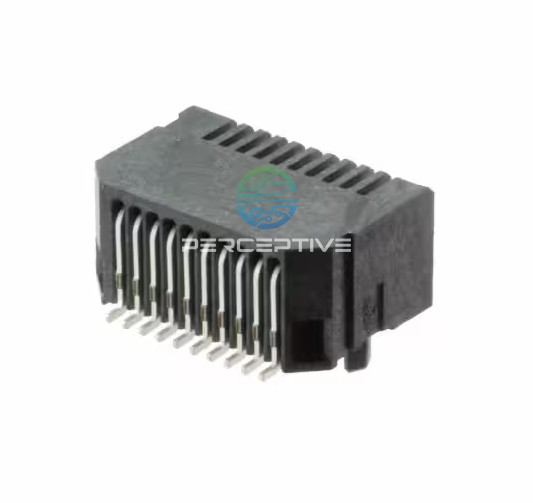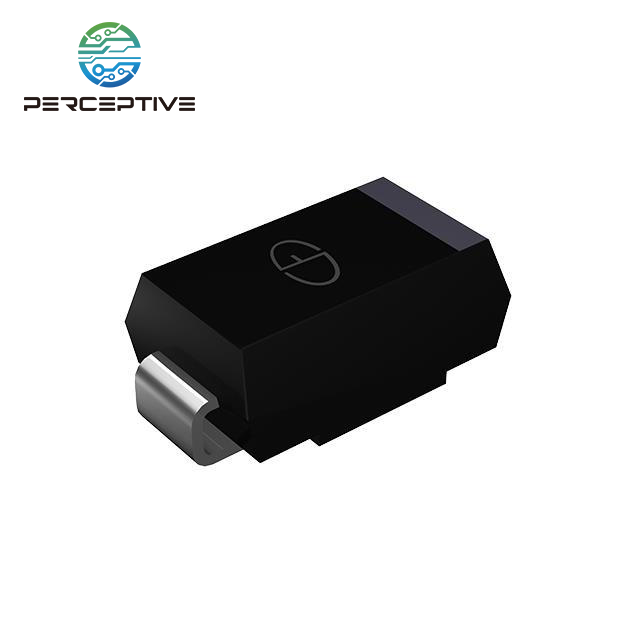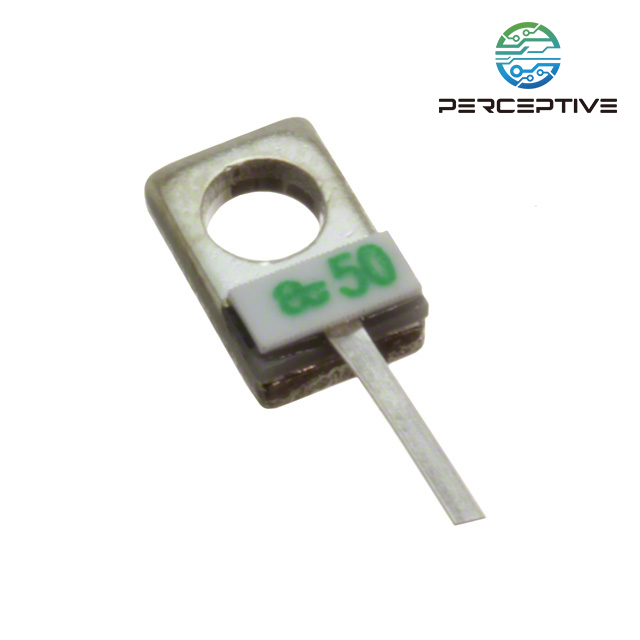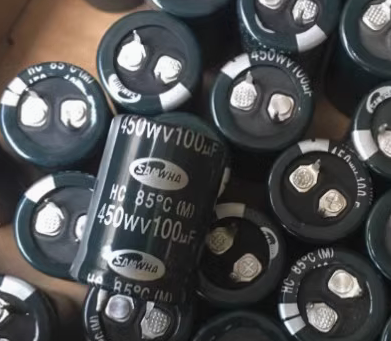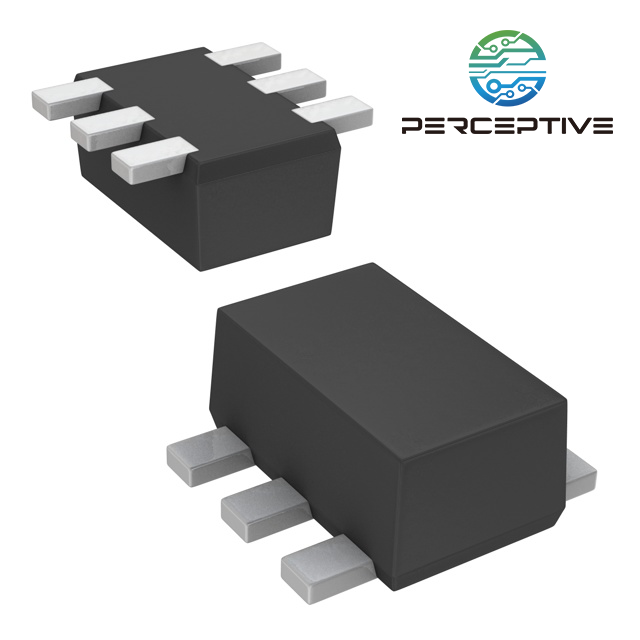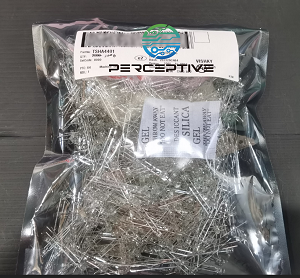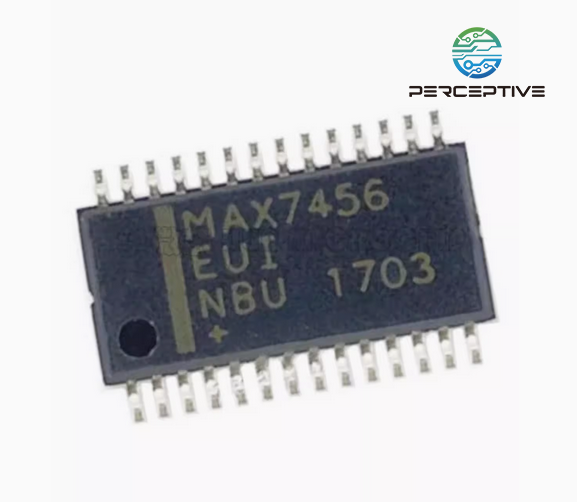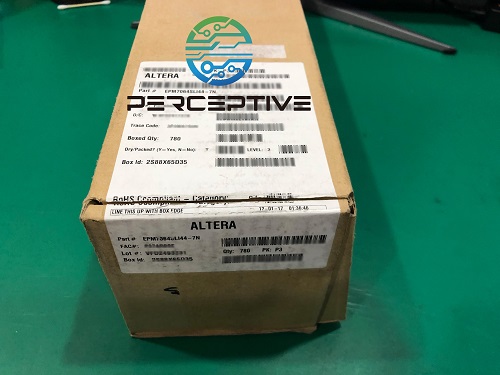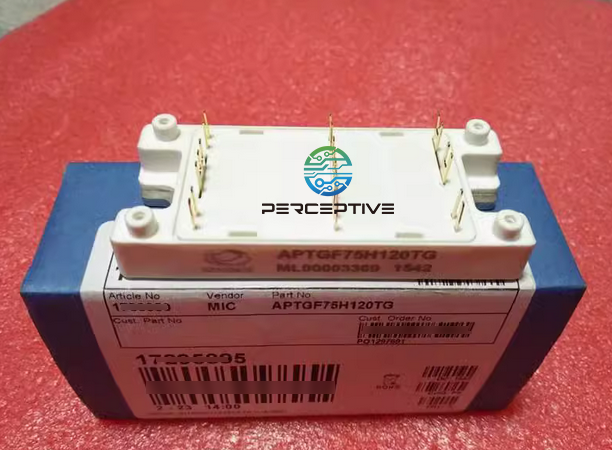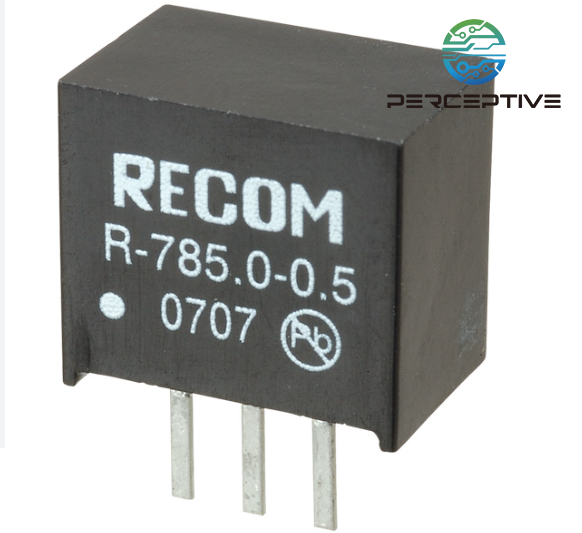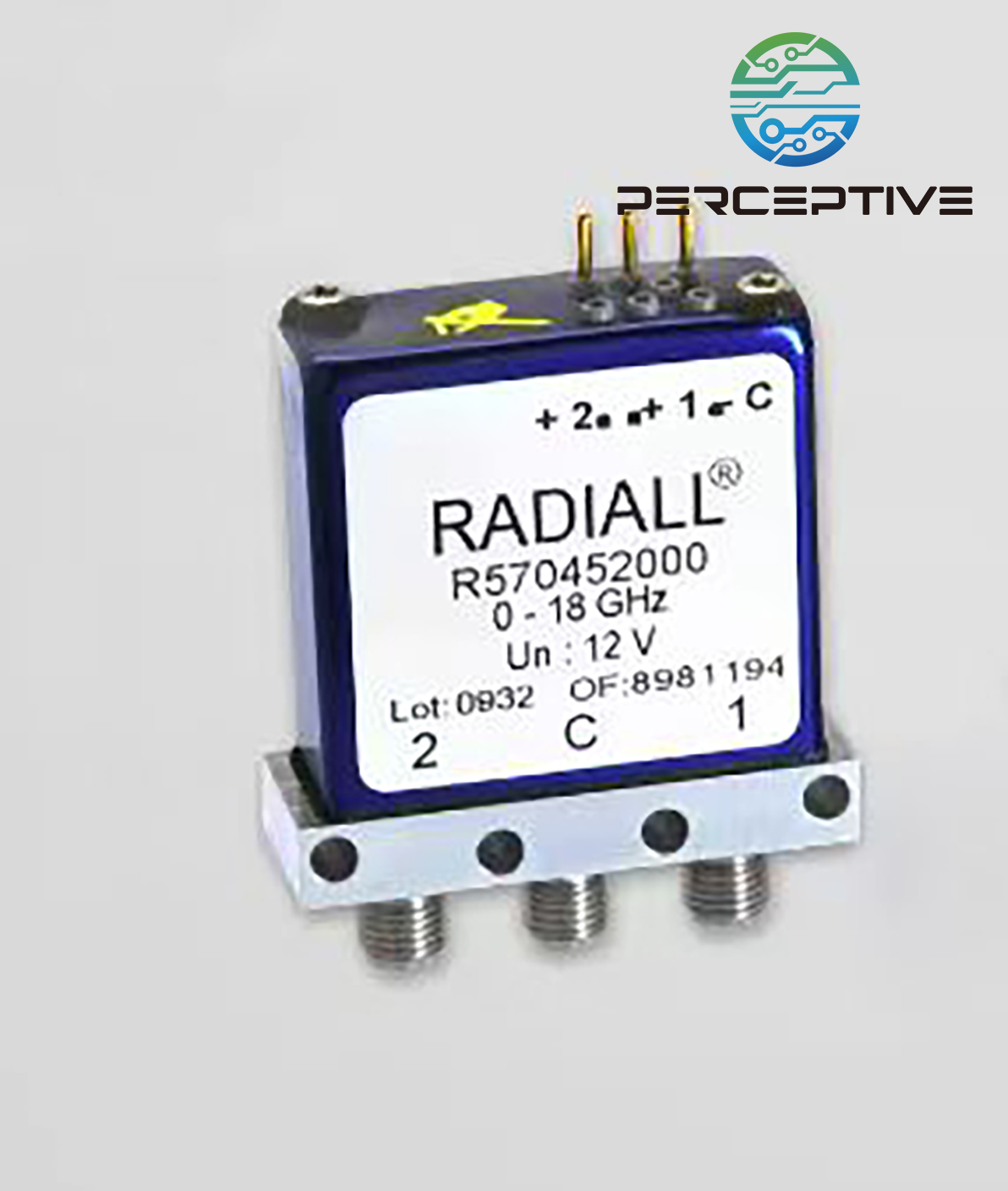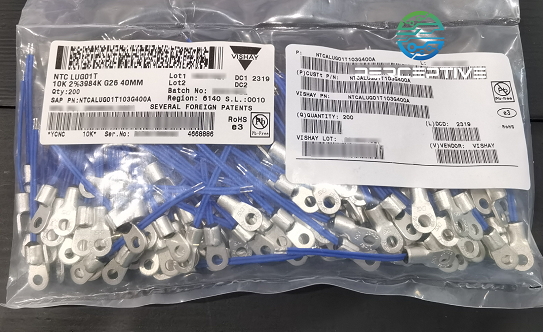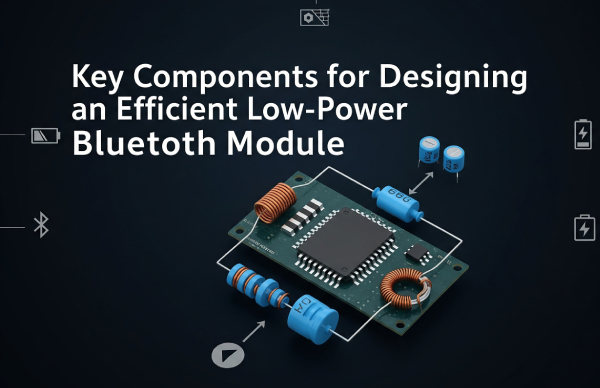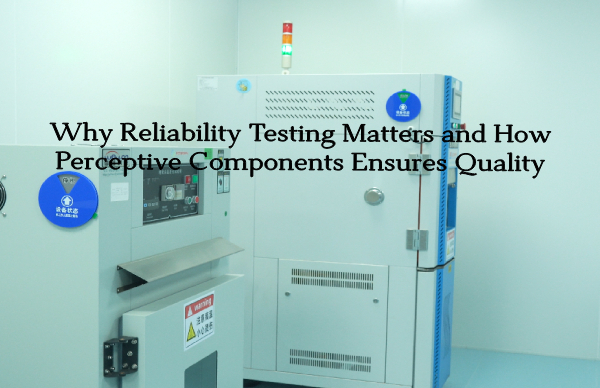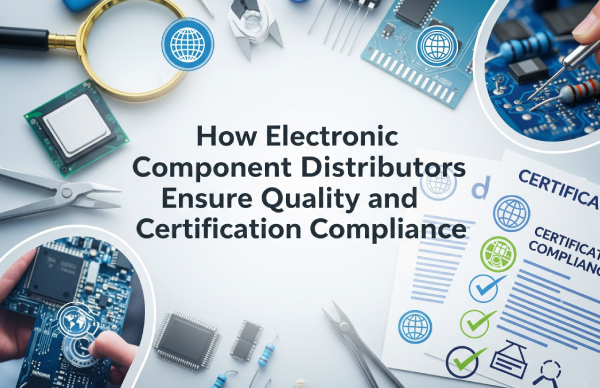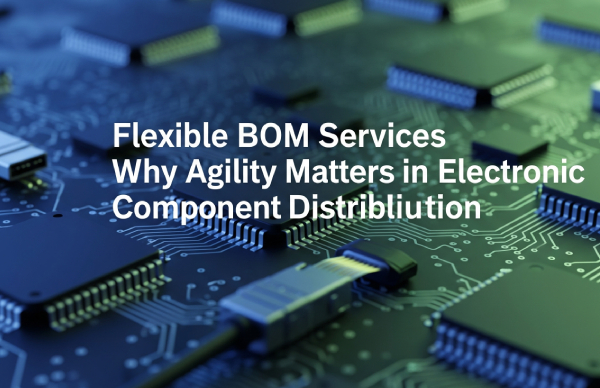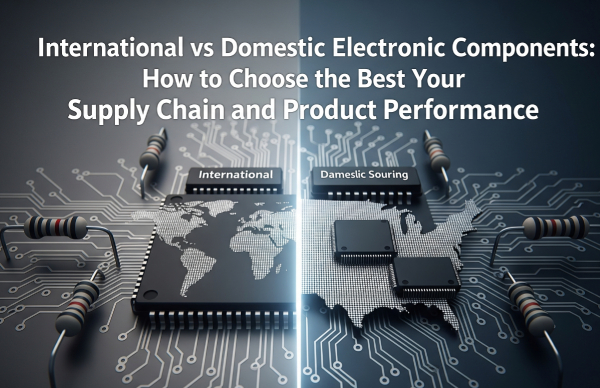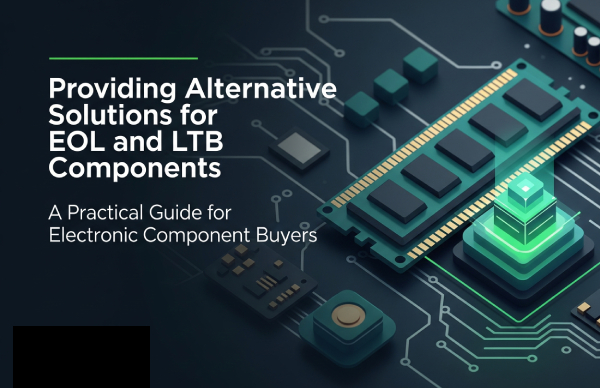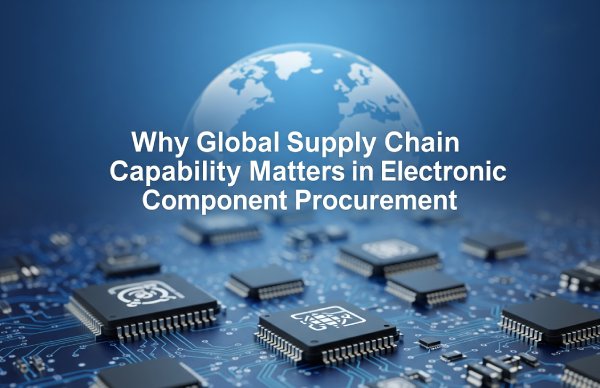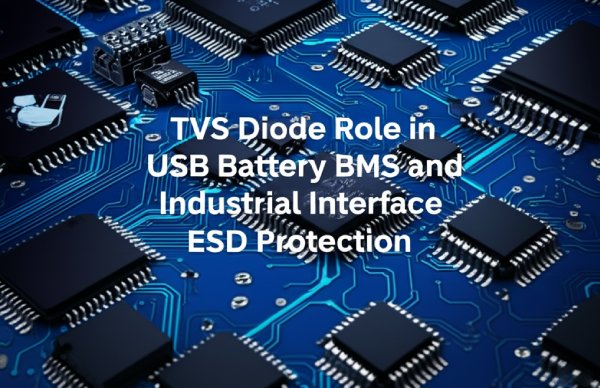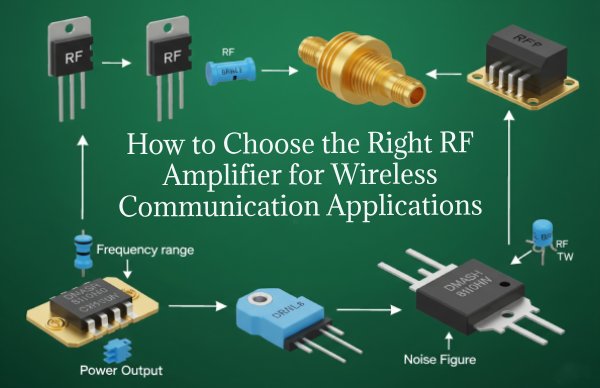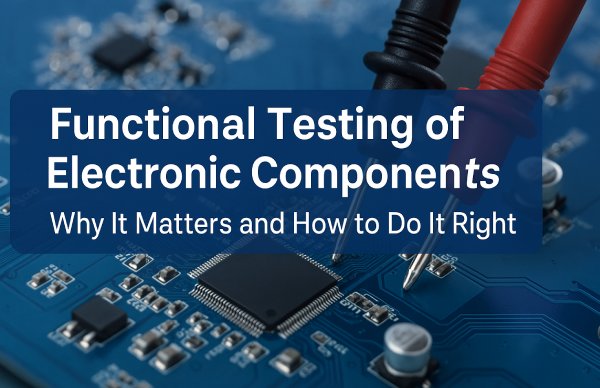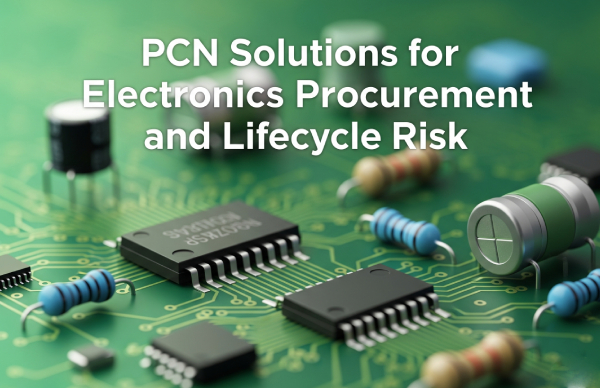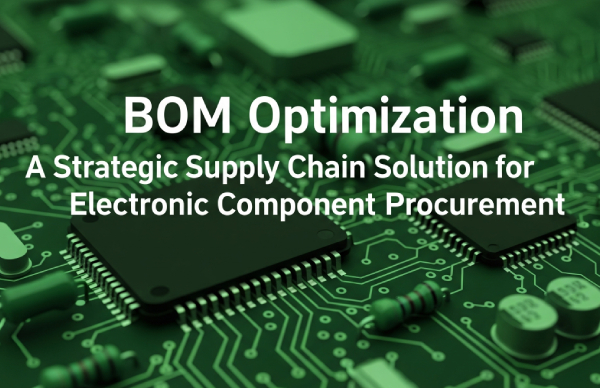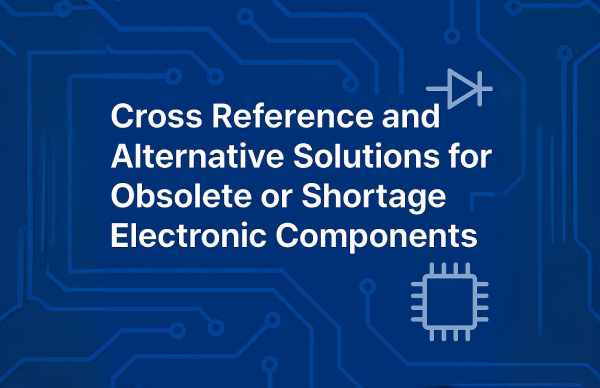Electric vehicles (EVs) may seem like a recent thing, but in fact, electric vehicles have been around since the 19th century. However, internal combustion engine vehicles quickly took over the market, and electric vehicles were forgotten. However, in recent years, with the increasing awareness of environmental protection and reduction of carbon dioxide emissions, the electric vehicle market is developing rapidly. According to the latest data, in 2022, the proportion of electric vehicles in global car sales is expected to reach more than 5%, and the electric vehicle market will continue to maintain steady growth.

From a charging method perspective, EVs can be divided into two categories: Hybrid Electric Vehicles (HEV) and Mild Hybrid Electric Vehicles (MHEV), which can recharge their batteries either through the internal combustion engine or through regenerative braking and energy recovery . The second category is plug-in hybrid electric vehicles (PHEV) and battery-powered electric vehicles (BEV), which must be charged using an on-board charger (OBC). The OBC can accept single-phase or three-phase power and deliver up to 22kW of power for the fastest charging possible. Since all batteries require DC current to charge, the core function of the OBC is to rectify the power input and convert it to a suitable charging voltage for the battery, which may be 400V or increasingly 800V.
The OBC has two main power stages. First, the power factor correction (PFC) stage, which maintains the phase relationship between input current and voltage, minimizes total harmonic distortion of line/grid current. This helps reduce any wasted reactive power and improves overall energy efficiency. The second power stage is a DC-DC converter which takes the DC output from the PFC stage and converts it to the level required for battery charging. The converter's output voltage and current vary over time based on the battery's overall state of health and state of charge.
To improve energy efficiency, some OBCs are being designed to provide bi-directional capability, allowing grid-to-vehicle and vehicle-to-grid power transfer. This will allow energy companies and customers to take advantage of the large amounts of stored electricity in EVs, providing additional energy reserves for peak demand. Vehicle owners would benefit as they sell electricity to the grid during peak periods (and thus higher prices) and replenish their vehicles during off-peak periods, allowing the utility to use their stored energy for a small income.
The large variation in battery capacity within EVs drives the need for scalability and flexibility in OBC design. For example, battery capacities in light passenger cars typically range from 30 kilowatt-hours (kWh) to over 100kWh, while in larger vehicles such as SUVs, this figure can rise to 150kWh. The trend now is to increase the capacity of battery packs to extend the time between charging electric vehicles. Some passenger cars entering the market have batteries close to 200kWh, and larger batteries will migrate to 800V to speed up the charging process.
It appears that the chosen OBC topology will require multiple types of semiconductor devices. ON Semiconductor provides solutions for automotive OBC power stages from 3.3kW to 22kW and battery voltages up to 800V. The product lineup includes SiC MOSFETs, hybrid IGBTs with co-packaged SiC diodes, super junction MOSFETs, automotive power modules (APM), SiC diodes, gate drivers, regulated power supplies and in-vehicle networking solutions.

(Image source:Onsemi official website)
For example,
the FFSB series is Silicon Carbide (SiC) Schottky Diode;
NCV1397 Automotive Controller for Isolated Gate Drive Supply;
NCV51705 Gate Driver for SiC MOSFETs - Automotive;
NCV4390 - Automotive LLC Resonant Controller;
NCV3064 Automotive Controller for Isolated Gate Drive Supply;
etc.

